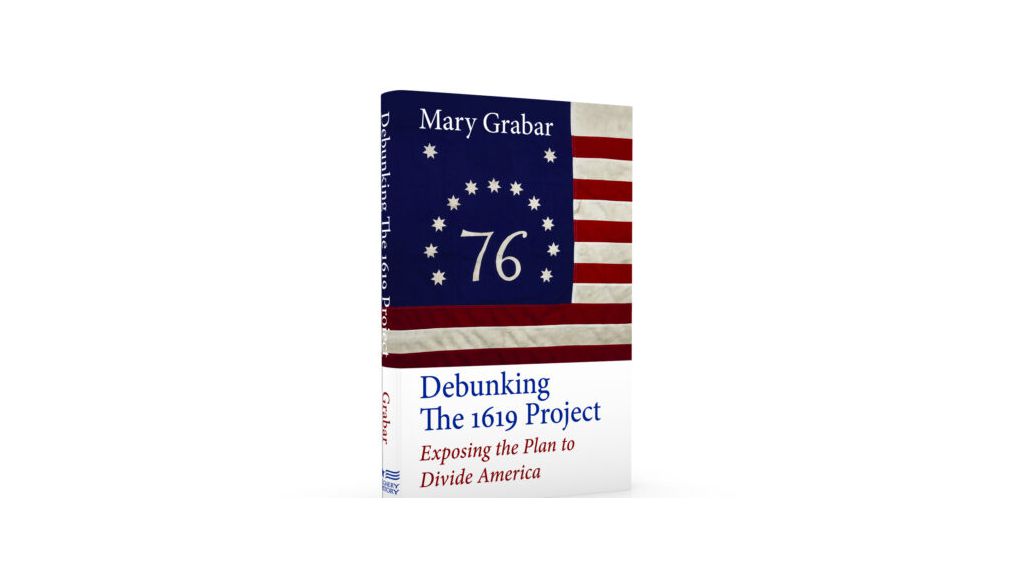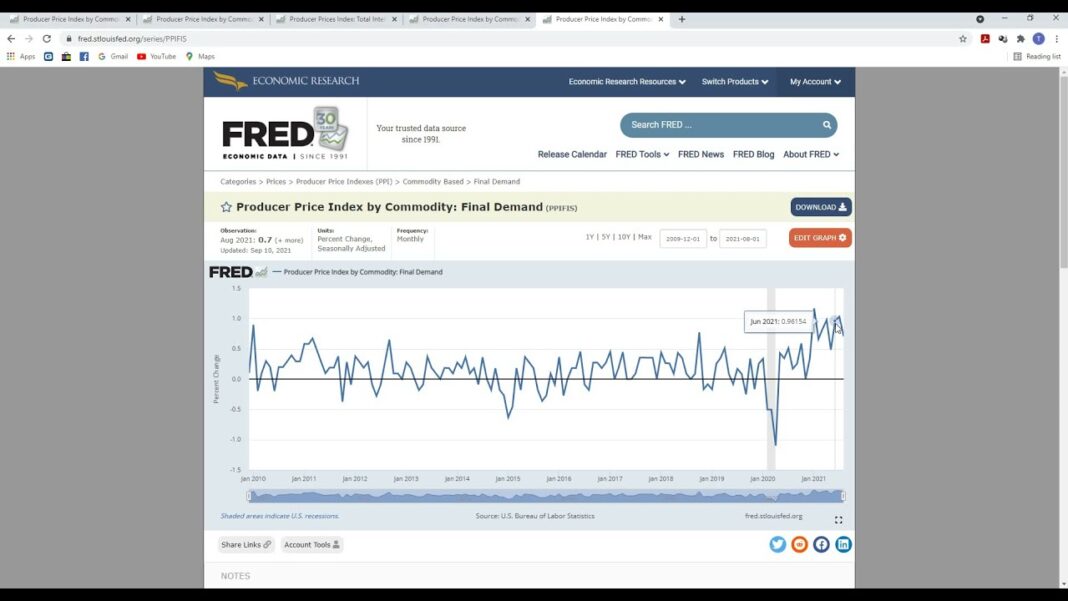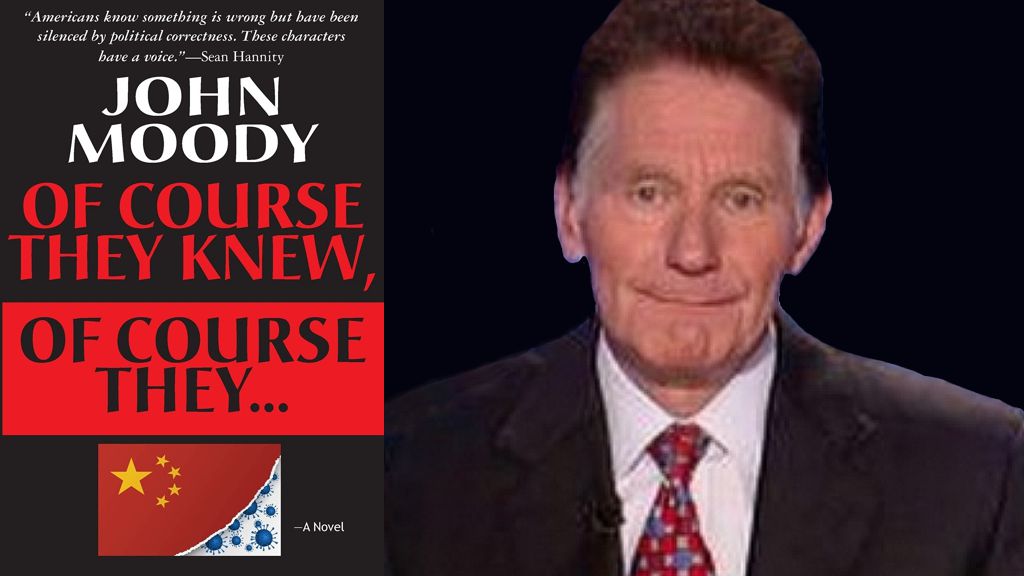
Grabar discredits New York Times initiative with masterful historical onslaught
The 1619 Project’s massive success and wholesale acceptance by millions of readers, as well as its propagation into thousands of public schools, proves that many Americans are fond of ideologically driven historical narratives as long as they are well-written. It is incredible that a slew of essays by writers whose specializations are not tailored to the subject they are writing about can facilitate an about-face on a country’s history, and conduct a “reframing” to fit a seemingly purposeful misinterpretation of historical scholarship.
Such is the time we live, and such is the ongoing preference for modern cultural trends at the expense of cultural foundations.
In her new book “Debunking the 1619 Project: Exposing the Plan to Divide America” author Mary Grabar does just that—and more. It is not merely a debunking of an ill-conceived and historically inaccurate publication; it is an onslaught that provides the reader with an incredible amount of information drawn from history—some of it little-known or misunderstood.
Grabar points out early on that the 34 contributors to the 1619 Project, whose objective was to “reframe the country’s history, understanding 1619 as our true founding” were primarily “journalists (most associated with The New York Times) and creative types, poets, novelists, artists, and photographers.” Only four were historians, though none of them are “recognized as a leading expert in the history of slavery.” She points out that the creators, in particular Nikole Hannah-Jones, the New York Times journalist whose brainchild was the 1619 Project, are politically on the left.
Grabar wisely not only provides necessary information about the politics of the contributors but also pinpoint how illogical it is to rely on artists and journalists to “correct” the narrative of American history—a history that has been explored and dissected for centuries by some of the brightest historians. Those advocating for a “reframing” of American history “through the lens of slavery,” as Hannah-Jones desires, will hardly be deterred from attempting to force their square peg into this round hole. Those who care about historical accuracy, however, will find that Grabar’s book pulls diligently from historians, both liberal and conservative.
The author does not shy away from the highly controversial topics covered by the 1619 Project contributors―including attempts to cancel Thomas Jefferson and Abraham Lincoln, the claim that the American Revolution was fought merely to protect slavery, and that slavery in America, and in particular at Jefferson’s Monticello, was, as Hannah-Jones stated, “unlike anything that had existed in the world before.”
Grabar pores over each claim with historical facts, assessments by other historians, and quotes by contemporaries or the public figures themselves, like Jefferson and Lincoln. Her writing is matter-of-fact, unemotional, and without any malice toward Hannah-Jones or the other contributors. She comes from many angles to dissect the most egregious claims and lay them bare.
It is little wonder, as she points out, that Hannah-Jones has yet to accept an invitation to defend her stance on the debate stage. Even when historians—from the left and the right—expressed their criticisms, the New York Times magazine refused to issue any corrections. (It also ignored Leslie M. Harris, the history professor from Northwestern University who helped fact-check the project and expressed strong reservations about it.)
By Dustin Bass






